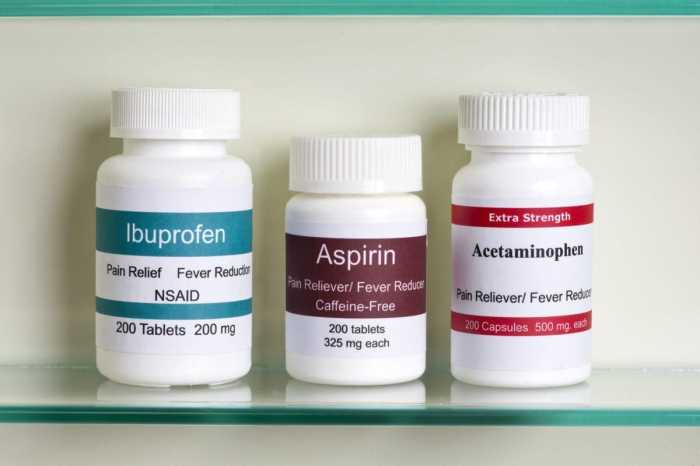Over the counter pain relievers and fever reducers – Over-the-counter pain relievers and fever reducers are essential for managing everyday aches and pains. This guide dives deep into the world of common options, comparing different brands, dosages, potential side effects, and even exploring natural alternatives. Whether you’re a parent looking for safe options for your…
Tag: health
What Medications Does Apple Cider Vinegar Interfere With?
What medications does apple cider vinegar interfere with? This question is crucial for anyone considering incorporating apple cider vinegar (ACV) into their health routine. ACV, touted for its potential health benefits, can interact with various medications in surprising ways. Understanding these interactions is vital for safe and effective use. This exploration delves into the potential…
Warning Signs of a Dying Liver Early Detection
Warning signs of a dying liver can be subtle, often appearing as mild discomfort or vague symptoms. Understanding these early indicators is crucial for timely intervention. This exploration delves into the intricate workings of the liver, highlighting its vital roles in detoxification, digestion, and metabolism. We’ll examine various stages of liver dysfunction, from early warning…
Why Does Coffee Make Me Sleepy? The Truth Unveiled
Why does coffee make me sleepy? This seemingly paradoxical question plagues many coffee lovers. It’s a common experience, and the answer isn’t always straightforward. This blog post dives deep into the complex relationship between coffee and sleep, exploring individual differences, consumption habits, underlying health conditions, and alternative options to help you understand why your morning…




